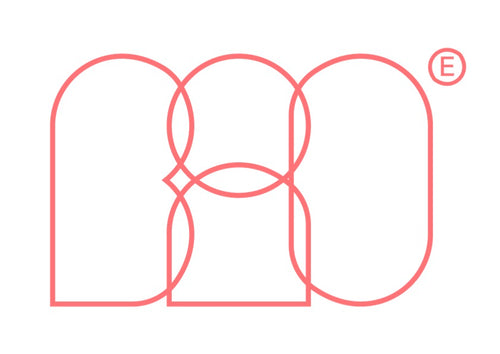In the late 1970s, John Fekner began a relentless crusade concerned with urgent social and environmental issues in NYC. His stencilled messages appeared in areas that were desperately in need of construction, demolition or reconstruction. By labelling decaying structures and emphasising problems, Fekner’s objective was to call attention to the accelerating deterioration of the city by urging officials, agencies and local communities to take action. These interventions were ephemeral and were never intended to last. They succeeded when the underlying conditions they made visible were remedied.

Photo credit: Associated Press/Wide World Photos Dave Pickoff August 5th 1980
John Fekner: Most people think of the Decay series as being only about those huge stencils like Broken Promises - the South Bronx work. That's the iconic image of the Decay stencil, co-opted by the 1980 Presidential Republican Candidate Ronald Reagan in the foreground. I guess that's what people think of first. They're big pieces. Those letters were three feet high!
What people may not know is that there were many other Decay stencils scattered across the city – at least 50 distinct interventions of different sizes, on walls, bridges, and abandoned cars, between 1978-1983.

Photo courtesy John Fekner Research Archive
The lettering on Bio Editions’ new Decay print is the exact size of the stencils I painted on the Queensboro bridge in 1978 (below). When I did this piece, I had my workspace set up in the living room. My parents couldn't even watch TV. There were piles of Kodak yellow slide boxes, and my stencils, and maybe they were already putting two and two together.
So, my father would go for the newspaper every morning. But this one morning, he came in with the paper and instead of reading it in the kitchen like he usually did, he just put it on my desk. He didn't need to say a word. He just put the paper down.

And that’s how he first figured out what I was doing.
The Decay series was about calling attention to the infrastructural decay on NYC bridges. I was paying a lot of attention to my immediate environment and questioning why something was broken and not being repaired. I tried to emphasize the problem that other people seemed to block out of their vision - I aimed to make it more visible. I had started to notice that instead of repairing bridges, the city would paint over them to cover up the rust and decay, rather than doing the structural work that was desperately needed. On some NYC bridges, parts of the concrete ceiling were falling down onto the roadway. They were crumbling and dangerous.

The Decay stencils were all done illegally, at night, in my getaway car - I’ve not told this story before now. So, I would stop the car. I'd jump out, pull up the engine hood to look like it had broken down. And then I’d do the painting. With the hood up I wouldn't be that noticeable. Sometimes I would stencil the Jersey barriers, the concrete barriers between highway lanes.
I mean, I was nuts. This was in the fast lane. I had my hazard lights on, but I still had to be super quick. I could be so fast because these were smaller stencils that I could paint real fast, and that was the unique thing about this work on highway barriers and bridges.
This was a very efficient process for me. The stencils were easily transportable. I spotted or hunted the locations first, and fit the message to the location, so that was all preparatory in terms of the locations that were chosen. But the painting itself was super quick, you know, it was in and out.
Because I could paint at high speed, I could repeat the stencils in one location, so you’d see “Decay” driving onto the bridge, and at the other end of the bridge you’d see “Decay” again - it wouldn't just be in that one spot. I wanted to spread the word and make people think.
The city’s graffiti didn't seem surreal to me at all, but the Decay stencils always had a sense of being surreal and unexpected interventions. These illegal stencils raised questions for the viewer, because they somehow looked semi-official. For me, awakening this questioning factor was really important. I wanted people to give some thought to this one word and its placement in their everyday experience.
Extracted from a conversation with John Fekner and Susan Hansen, Queens, NYC, July 8th, 2024.


